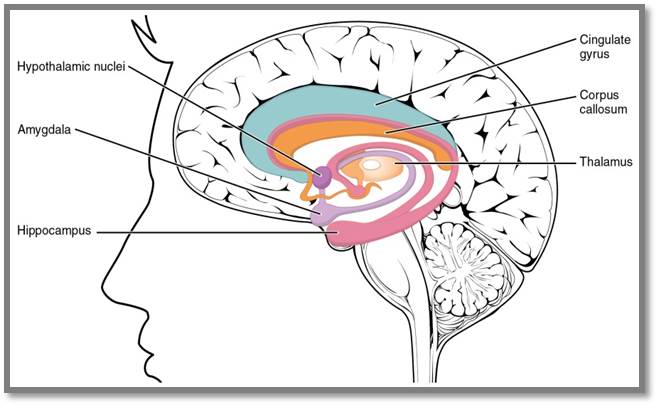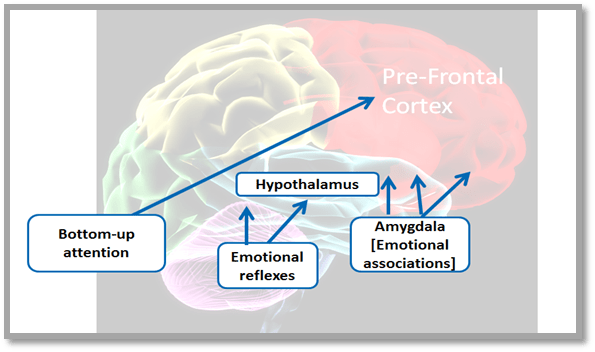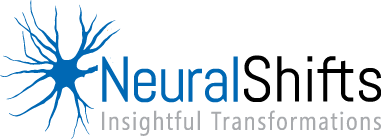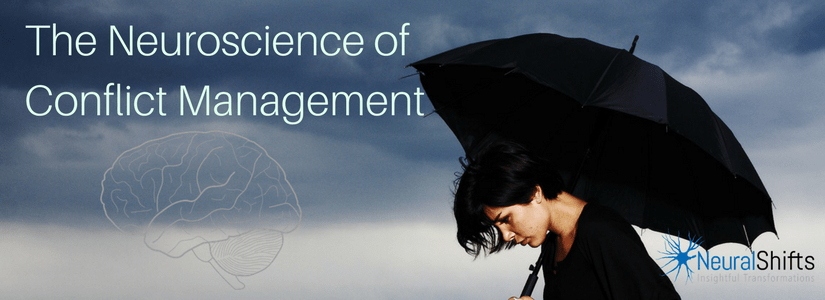The rise of technology and big data has forced organizations to re-think their strategic objectives focusing more on driving change to remain competitive and relevant. A significant amount of time is spent on planning re-organizations to ensure changes are communicated and processes are aligned. These initiatives fail to target the irrational brain which leads people to display resistance in the form of inaction, complaints and micro-aggressive behavior hindering their ability to collaborate and be productive.
Now imagine if you lost no productivity from a re-organization? or employees scaled quickly to new roles and immediately excelled in those roles. This world is possible when you equip your employees with the knowledge of how their brain works and how to drive effective relationships. We have uncovered that a solid change management approach that includes raising people’s awareness of how they show up under stress and teaching them the brain science behind conflict management can elicit cooperative behaviors.
It is well established that up to seventy percent (70%) of organizational change efforts fail to achieve the desired objectives. Thus, impacting organizations’ ability to effectively meet deadlines and successfully launch products. This failure is due largely to the primal brain’s innate bias toward favoring those within the group and rejecting others out of group creating animosity and lack of cooperation. It can also be attributed to the brain’s natural response to resist change when faced with uncertainty. Many times leaders preoccupied themselves with carrot and stick approaches to change instead of creating the conditions to motivate people toward change.
Solution Framework
Conflicts are inevitable but they do not necessarily have to be detrimental to the organization. Only when they are allowed to escalate or are poorly managed do they negatively impact the organization.
The underlying principle in the NeuralShifts© approach to conflict management is that by applying neuroscience and relationship research, employees can shift how they view conflict and learn conflict resolution skills that are situation agnostic
3 STEP ROADMAP TO EFFECTIVE CONFLICT MANAGEMENT

Conflict arises as a result of our brains’ unique processing of information which leads us to perceive reality differently from those around us. The NeuralShifts© approach reminds people that they are functioning within the boundaries of relationships and to remain effective at work they must co-create new realities and reconcile disagreements. Our approach increases productivity among teams and enables people to develop outside-the-box solutions to existing problems for products because contributes to the creation of a safe psychological environment for conflict to be resolved.
STEP 1: Assess & Reframe

Social Network:
To shift outlook on conflict, we use primatology research as a lens to help employees understand that in social networks, relationships between employees are valuable commodities. Relationships have to be nurtured and improved upon regularly and the primary function of conflict is to reset boundaries. One of the goals of relationship management is the prevention of the degradation of relationships due to conflict. In the NeuralShifts© approach, leaders are encouraged to proactively discuss with their employees how they show up under conflict and how to manage the situation as a way to preserve relationships.
Understanding the Neuroscience of Conflict:
Once participants understand the importance of relationships, the next part of the roadmap to effective conflict management is a comprehensive study of the neuroscience of conflict. The conflict management approach supposes that the following brain processes contribute to the generation of conflict.
Limbic System

First, the brain’s limbic system (a region that lies on both sides near the thalamus that regulates fear and pleasure) scans the environment for threat and reward and naturally clings to negative more than positive events. This is the reason you remain upset for days after receiving a negative performance review.
Second, the thalamus or perception center of the brain interprets the data received from the stimulus and creates interpretations or assumptions which sometimes lead people to make the wrong conclusions and engage in conflict.
Third, the brain creates frameworks or mental models to rapidly predict future outcomes. These mental models are ideas or beliefs of how the world should work expressed as expectations that quite often lead people to disagreements when not met. For example, when someone performs a task that you are proficient at, your brain automatically decides how much time the task should be performed in and creates a perfect image in your mind. If the data does not match your perceived pattern, you could get emotionally triggered with anger.

Fourth, the brain creates negative feedback loops and whenever a person’s experience does not match the brain’s point of reference, an emotion gets triggered that leads the person to correct the situation Most of the activities carried out by people in the organization depend on mental processes that occur in the prefrontal cortex of the brain, which according to neuroscience is a much more recently developed part of the brain when compared to the limbic system. The limbic system is a lot more primitive and is the center for all the brain processes involved in conflicts. Being more primitive, the limbic system is easily able to overpower the more rational minded prefrontal cortex in times of elevated stress.
STEP 2: Co-Create a New Reality
A New Approach to Communication:
One of the first things to go out the window in times of conflict is effective communication. The expression of the four cardinal behaviors permanently damages relationships. People’s family history influences their default response to conflict. Some people default to completely shutting down and others go on the defensive blaming people for the misunderstanding.
Bottom-up Communication under Stress Conditions

By discussing expectations for effective dialogue employees are introducing autonomy into the process and are more likely to generate a positive outcome.
In the Co-creation stage, employees are invited to describe elements needed in the conversation for them to feel safe and reach a solution. Also, they are taught active listening and coaching skills to increase communication effectiveness. In this way, both the manager and the employee will have a clear understanding of how to create a safe climate for conversation and resolution.
STEP 3: Reconcile

The third phase of the process is reconciliation. Its purpose is to help employees repair relationships and continue to drive productivity. Employees are encouraged to reconcile by creating a ritual, perhaps going out for a coffee or shaking hands. The purpose of the reconciliation phase is to raise oxytocin levels for the affected parties increasing their capacity for compassion and raising trust levels.
Organizations that foster reconciliatory behaviors will benefit with lower turn over rates as employees who can amend relationships are more likely to stay.
It is not possible to avoid conflicts in any setting. In fact, conflicts are an integral part of every social network. If conflicts are a rare occurrence in an organization, it is a sign that employees may not feel safe to contribute and take risks. As a consequence, the organization may suffer stunted growth. On the other hand, too much conflict suggests the organization is dysfunctional and an overhaul is required. To drive effective organizational change, raise employee’s awareness of their default stress response and teach them how to drive healthy relationships through open communication and conflict management. Enrich your employee’s lives by teaching them a conflict management approach that can be applied at home and improve their overall quality of life.
The NeuralShifts© approach to conflict management is part of a full catalog of essential skills for leadership development using neuroscience. Want to bring our workshops to your organization? Reach out.




0 Comments